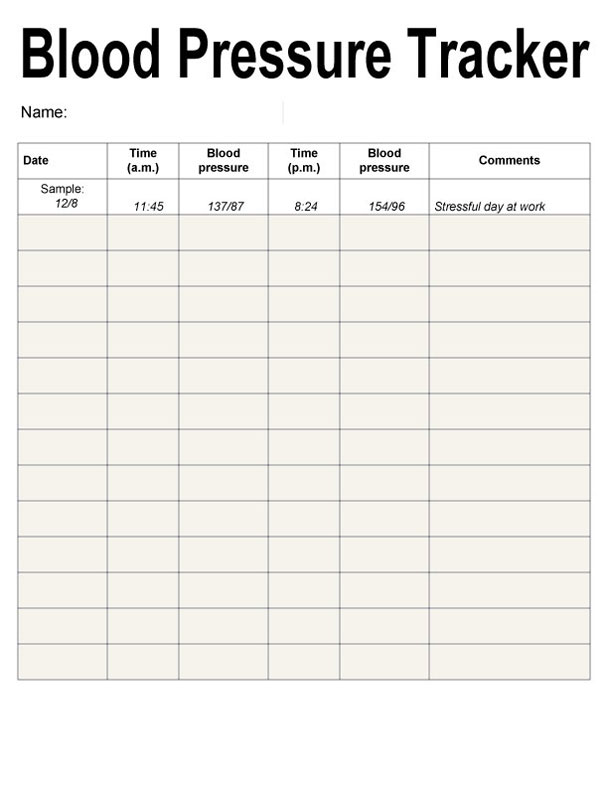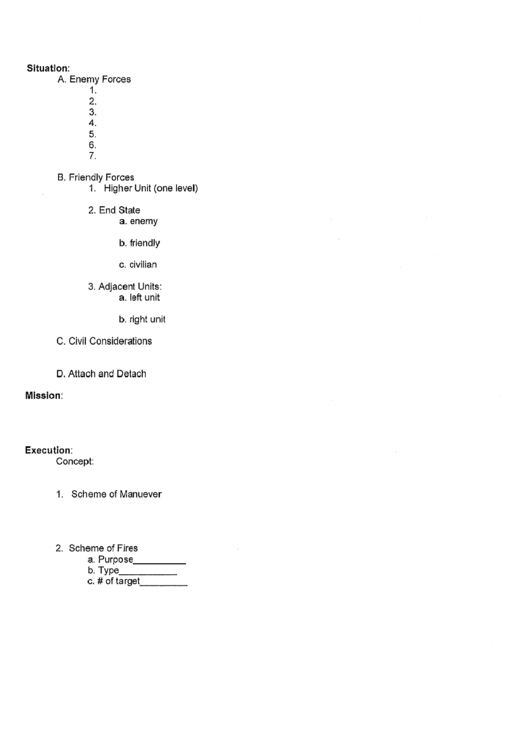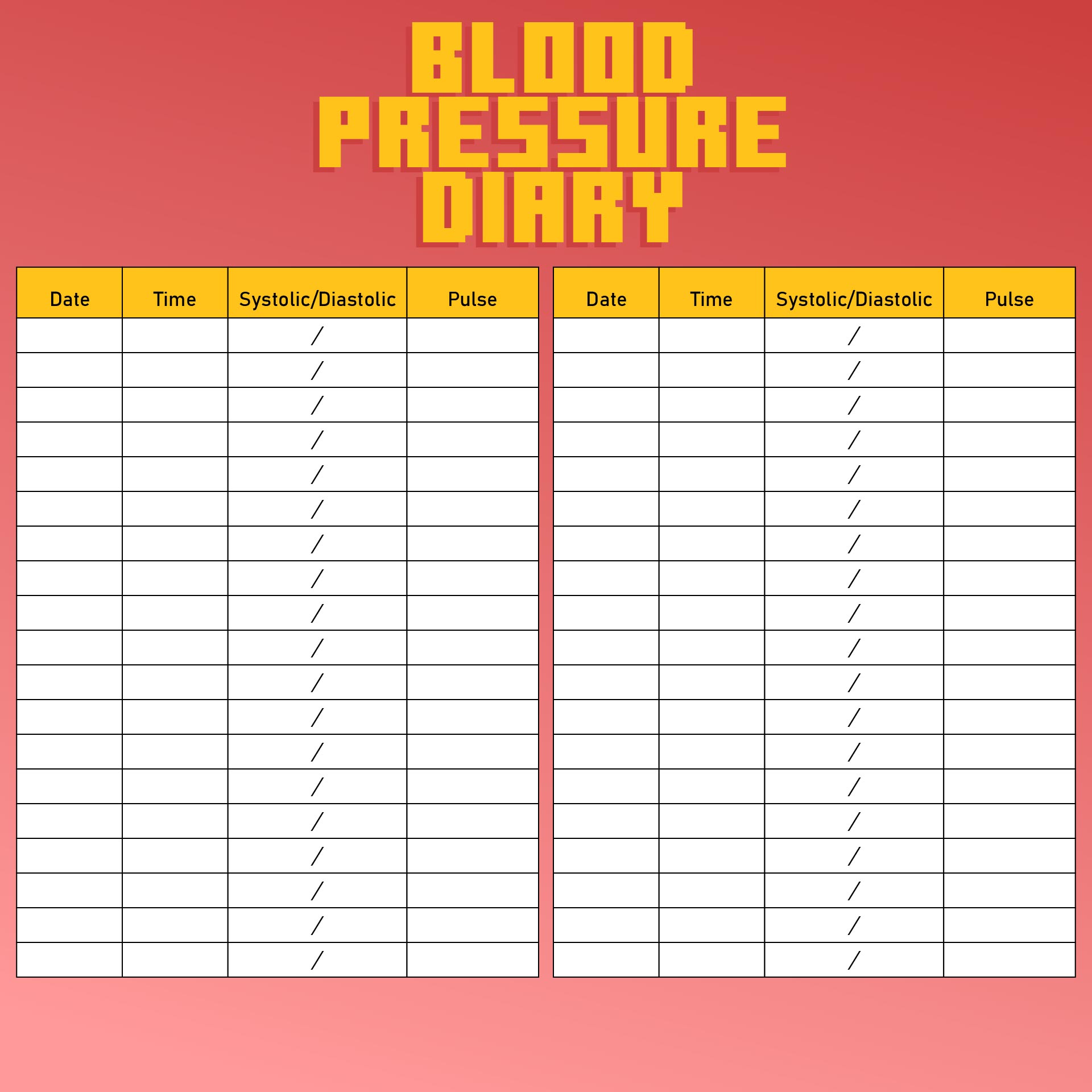

Task Force on Blood Pressure Control in Children. "Report of the Second Task Force on Blood Pressure Control in Children-1987. "Hypertension Canada's 2017 Guidelines for the Diagnosis, Assessment, Prevention, and Treatment of Pediatric Hypertension." Can J Cardiol 33(5): 577-585. "Hypertension in infancy: diagnosis, management, and outcome." Pediatr Nephrol 27(1): 17-32.ĭionne, J. For further information, please see the following articles:ĭionne, J. Please note that no alternative data have been developed recently. Data have been compiled on neonatal BP values and the summary table is available. * For Newborn infants, BP values vary considerably during the first few weeks of life and the definition of HTN in preterm and term neonates also varies. 2016, Morgan & Mikhail's Clinical Anesthesiology, Chapter 42. 2017, National High Blood Pressure Education Program Working Group on High Blood Pressure in and Adolescents 2004, Xi, Zong et al.

Note that the patient's normal range and clinical condition should always be considered. Normal ranges may include measurements that deviate from these values. Values were derived from numerous sources (listed below) and reflect the most up-to-date guidelines. If the package has a Nutrition Facts label, look for 5% DV or less.Pediatric Vital Signs Normal Ranges Summary Table: Some meat, poultry, and seafood has added sodium.

Take the list below with you the next time you go food shopping to help you choose foods that are lower in sodium. Look for foods labeled “low sodium” or “no salt added”.Use the Nutrition Facts label to check the amount of sodium - you can compare labels to find products with less sodium.Choose fresh instead of processed foods when you can.To lower the amount of sodium in your diet, follow these tips when you go food shopping: This can lead to health problems like high blood pressure. Most people eat much more sodium (salt) than they need.


 0 kommentar(er)
0 kommentar(er)
